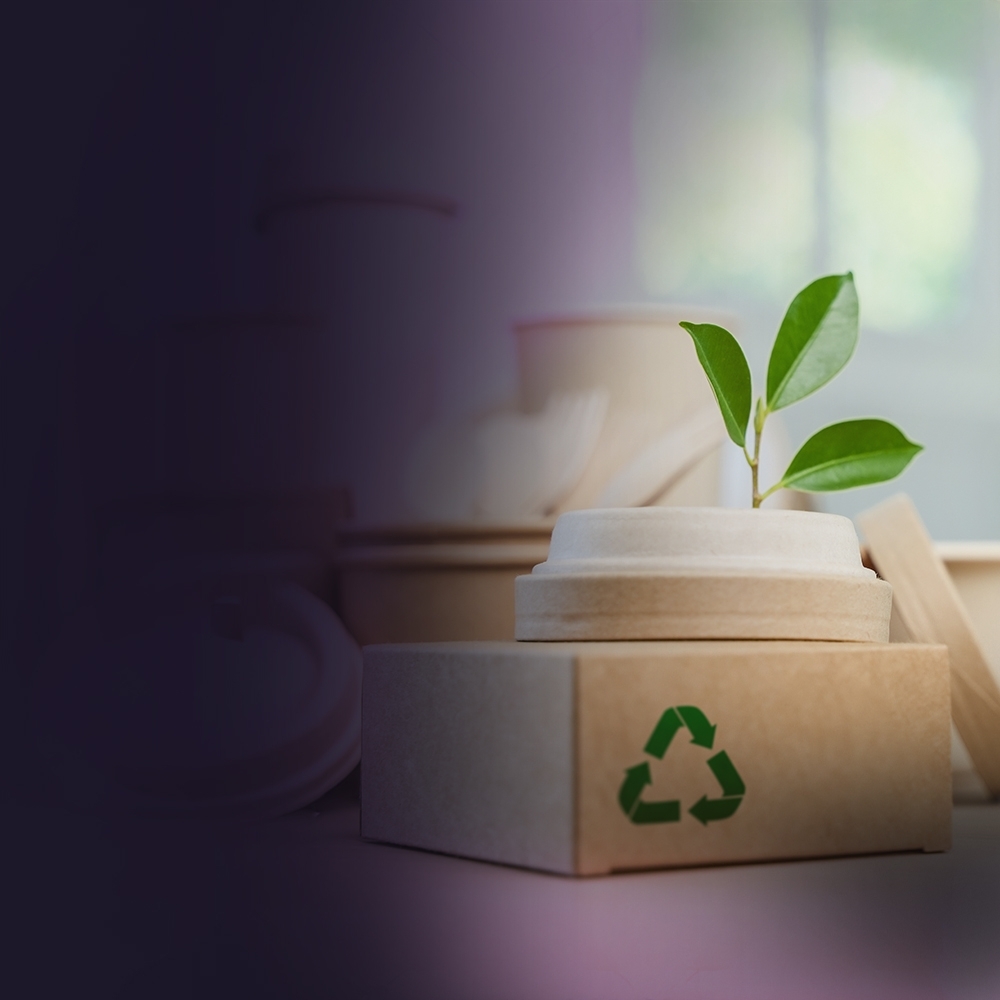13.03.2025
The rise of generative AI has sparked a surge in patent filings in this field. In her latest article, Amelia Ross explores key insights from WIPO’s Patent Landscape Report on generative AI, including which companies and countries are driving this explosion of innovation.
Thank you
The launch of OpenAI’s ChatGPT in 2022 has sparked a boom in the use of generative AI (GenAI), not only for individuals at home (who else has used ChatGPT to plan meals and travel itineraries?) but also in a wide range of industries. We’ve seen GenAI being used in drug discovery and development, medical imaging analysis, and product design and optimisation, to name just a few. It’s not surprising then to also see a boom in patent applications in the field of GenAI. Since 2017, the number of GenAI patents has increased by over 800%. This article will summarise some of the findings from the Patent Landscape Report on Generative AI, published by the World Intellectual Property Organisation (WIPO) in 2024.
GenAI is a type of artificial intelligence which creates new content, such as text, images, audio and video, when prompted by a user. Using an AI engine to generate an image of a camel roller blading or to write a limerick are both examples of GenAI.
GenAI research makes up a small portion of AI research, with GenAI patent family* publications making up only 6% of AI patent family publications. There is, however, always a lag in data relating to patent filings as patent applications are not published until around 18 months after filing.
The Transformer is a deep neural network architecture that was developed in 2017 and accelerated the development of AI by enabling highly efficient data processing. In recent years, advances in deep learning techniques and machine learning algorithms, the availability of large datasets to train AI models, and increased computing power, has significantly advanced GenAI. The availability of big datasets has made it possible to train models with billions of images and over a hundred billion tokens of text.
It seems that new research is focussing on reducing the size of large generative models, improving control of the generation process and finding new applications.
China is the clear winner in patenting GenAI. More patent applications relating to GenAI have published in China every year since 2017 than all other countries combined. Inventors based in China are linked to more than 38,000 patent families published between 2014 and 2023, compared to 6,300 patent families being associated with inventors in the US, which comes second. The UK is the leading country in Europe, with 714 patents published in this field within this period.
The Chinese companies Tencent, Ping An Insurance Group, and Baidu are the leading owners of patents in this field, and eight of the top ten research organisations in the number of GenAI patents owned are Chinese. US company IBM - which has developed its own GenAI platform - is fifth in the number of patents owned, and US company Alphabet - which has developed Gemini, the LLM model which will be integrated into Google’s search engine - is eighth in this list.
Interestingly, OpenAI only started filing patent applications for its research activities in 2023. It has been speculated that this may be because OpenAI was founded as a non-profit organisation (before later adopting a “capped” for profit model), which made significant parts of its technology open source. Alternatively, OpenAI may have chosen to protect its IP as trade secrets. Six US patent applications were published in the name of Open AI in the first quarter of 2024, suggesting a change in approach. The WIPO Patent Landscape Report remarks that OpenAI’s lack of patents could pose a risk for their IP strategy and their recent activity indicates a need for a defensive patent strategy.
GenAI models use various types, or “modes”, of input and output data. Most GenAI patent families relate to image and video, with patent families relating to text, speech and sound processing being the next most common modes. Whilst there are significantly fewer patent families in the remaining modes (3D image models, chemical modules, genes, proteins and code/software), GenAI patent families relating to molecules, genes, and proteins have had the most growth.
Not only is China responsible for almost 70% of all patent family publications in GenAI globally, but the number of patent families published in this field with China-based inventors is growing at a rate of 50% per year. This growth is not quite as fast as India, which has a growth rate of 56%, but it certainly suggests that China’s dominance in GenAI patents is not going to stop anytime soon.
GenAI is expected to have a big financial impact across many disciplines, particularly as more applications are found and the research reaches businesses. McKinsey has estimated that GenAI could add between 2.6 trillion to 4.4 trillion USD annually across a range of industry use cases. They believe GenAI could have the biggest impact on the banking, high tech and life sciences industries. As with other forms of automation throughout history, GenAI is additionally expected to boost GDP growth and improve incomes, particularly at country level.
It will be interesting to see how GenAI will be developed further, and the impact it will have on individuals, businesses, and economies. With patent applications only being published 18 months after filing, some of the most exciting GenAI inventions may not yet be in the public domain.
* A patent family refers to a collection of patents deriving from one original application relating to the same or similar inventions. A patent family can include patents in multiple territories and patents in the same territory (e.g., divisional patent applications).

12.03.2025
IP and SpaceThe space sector has seen remarkable advancements in recent years, with innovations spanning propulsion systems, life support technologies, advanced navigation, telecommunications, and space farming.

13.02.2025
Packaging innovations and IPAhead of the Packaging Innovations & Empack exhibition, Nathaniel Taylor takes a look at the forms of Intellectual Property (IP) typically arising in the packaging industry and the boundaries between the different forms of protection that might be available. In the packaging industry, companies typically seek various forms of IP protection for packaging innovations, including patents, registered designs, and trademarks.
Thank you